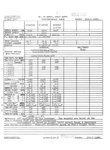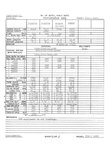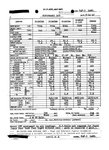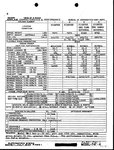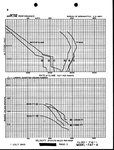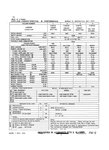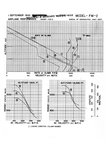This is what the Finnish pilots thought of the Brewster compared to the Hutticane:
Hurricane Mk II: Straight from the Hans Wind, the top-scoring Brewster ace, while keeping a lecture to new fighter pilots: "Hurricane is the easiest enemy plane to shoot down. Under 3000 metres (9000ft) it's no match for us. It's slow and very clumsy and stiff. When you meet a Hurricane, immediately start a dogfight, then it can only depend on our good will. Aim to the front part of it, then it usually flares up" (This was taken from the "Lent{j{n n{k|kulma II")
Hurricane Mk II: Straight from the Hans Wind, the top-scoring Brewster ace, while keeping a lecture to new fighter pilots: "Hurricane is the easiest enemy plane to shoot down. Under 3000 metres (9000ft) it's no match for us. It's slow and very clumsy and stiff. When you meet a Hurricane, immediately start a dogfight, then it can only depend on our good will. Aim to the front part of it, then it usually flares up" (This was taken from the "Lent{j{n n{k|kulma II")

